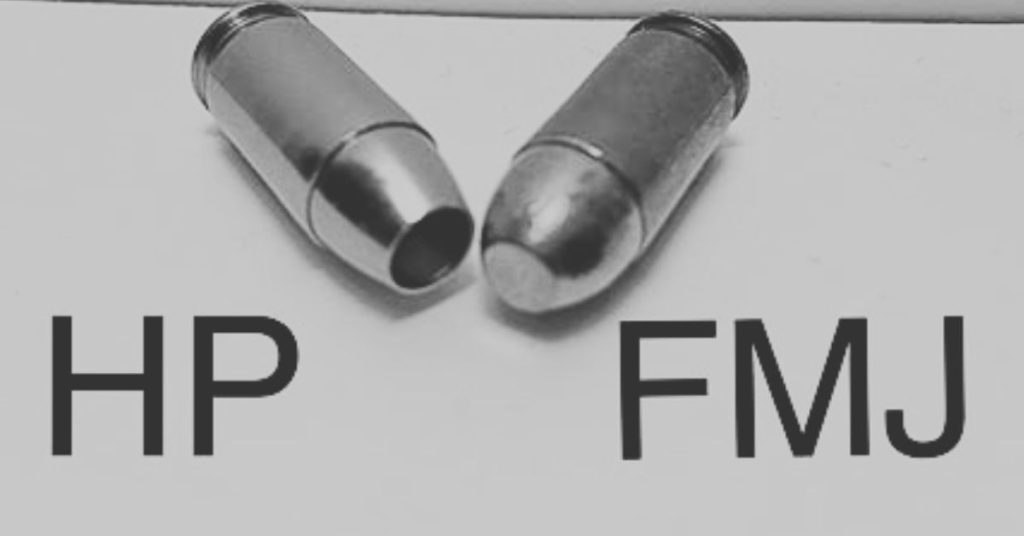There is a great deal of conflicting information out there about which bullet is the best when it comes to hollow points versus soft points. It’s easy to get lost in the opinions of hunters versus law enforcement or military.
Those that study military history and tactics will often have another opinion. The military and law enforcement function under a different set of rules. For this reason we’ll focus on the two most popular users: Civilians and Hunters
JSP versus JHP
First, it’s important to understand the difference between the two bullets. Soft points (abbreviated by the pros as JSP) have a softer nose (hence the name). They enter the target with a small entrance wound.
The bullet expands as it moves through the target, doing significant tissue damage as well as leaving a larger exit wound.
The hollow point (JHP) has a hollowed out nose which allows it to enter the target and then “flower” or “mushroom” to create a larger hole. The hollow point does more damage internally.
However, the size decreases its velocity and therefore diminishes the likelihood that the bullet will exit the target.
When it comes to target practice many people, including law enforcement, tend to use soft point. It’s cheaper and paper targets don’t know the difference. However, choosing the proper bullet for protection is another matter entirely.
Self-Defense
When asked which is the best, experts are most likely to lean toward using hollow points for two reasons. The first being that hollow points are designed for stopping power.
Although, the mushroom effect slows the bullet down, it is more likely to stop a target in its tracks rather than the soft point which is more likely to wound.
Secondly, because of that same feature, hollow points typically stay within the target, meaning that it will not exit and create a greater harm to other people within range. That last feature alone makes it the safer choice for those using hollow point bullets for protection purposes.
Hunting
When it comes to hunting, everyone seems to have a preference and will argue to the death. Large game hunters or those that choose to kill for a food source prefer hollow points. These bullets will do less damage to the meat and tissue that they want to preserve.
Some big game hunters prefer soft point because they can maintain their forward trajectory long enough to enter and destroy internal organs causing rapid death.
Hollow point enthusiasts argue that soft points are more likely to wound an animal and send it back into the forest to face a lingering death.
Ultimately, the experience level of the hunter will determine which type of bullet is best. In the end, if the bullet isn’t well placed, neither will serve you well.
If you’re still undecided about which bullet will be the for you, go to a firing range, speak to a professional and try it out in the field. The long and the short of it is that it all depends on your experience and what you hope to achieve.

